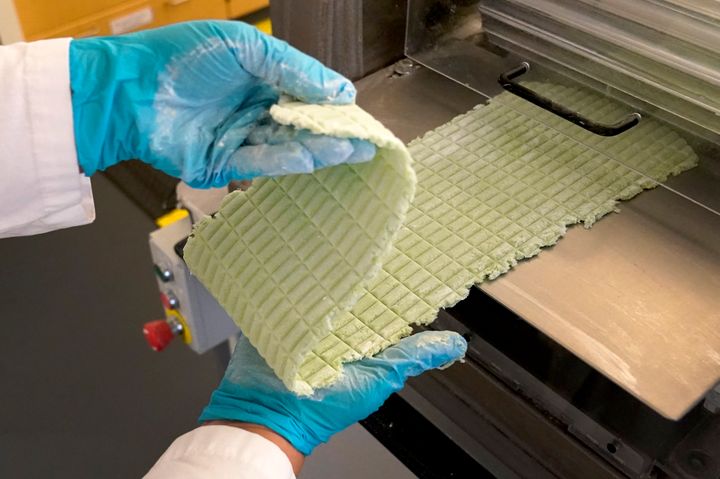
We’ve written before at HuffPost UK about how everything from paprika to black pepper goes from the ground to our spice jars.
But what about the “base” listed on the back of some chewing and bubble gum packets? It’s the second ingredient in many brands’ offerings, but its name is pretty vague.
BBC Science Focus writes that historically, gum was made from the chewy sap of the Sapodilla tree.
However nowadays, they say, most companies use a substance called polyisobutylene.
That’s the main component of butyl rubber, which is often used for inner tubes ― though not every company that lists “gum base” will use this.
Polyvinyl acetate, a synthetic resin sometimes used in PVA glue, can also work as an “elastomer,” the BBC adds.
Wait, what?
The Handbook of Food Bioengineering’s chapter on Natural And Articifical Favourings And Food Dyes writes that chewing gum base is usually comprised of “resins, humectants, elastomers, emulsifiers, fillers, waxes, antioxidants, and softeners”.
Some of these can be made with polymers which are used to make plastics and work to ensure the gum doesn’t dissolve in your mouth when you chew it.
However, polymers are not a complete plastic in and of themselves.
Not all gum products are made with artificial substances either. Some use chicle, the sapodilla tree sap we talked about earlier.
This is technically a latex, per Britannica’s online encyclopedia ― it’s similar to the milky sap of a rubber tree.
Scientists have also looked into making the chewy part of chewing gum out of corn zein.
Is it bad for me?
Gum has to meet the food standards of whatever country it’s licenced in, so it must be regarded as “food-safe” before being placed on our shelves.
It doesn’t “stay in your gut” for years if you swallow it, but most of the ingredients aren’t absorbed by your body so have little nutritional value.
Health information site Healthline says that swallowing too much gum in a short amount of time or ingesting it with other indigestible things can lead to a blockage called a bezoar.
As a result, you’re better off chewing it than swallowing it ― though if you do gulp some down, it will almost certainly pass through your system in a few days.
But its effects on the street are a different issue.
The EU says “petrol-based polymers that merge with the gum” can “make it difficult to remove from any kind of surface,” meaning it’s hard to clean from the streets.
Aside from using fossil fuels, some of these additions mean “gum is only partially biodegradable, and takes a very long time to break down: at least five years.”
That can cost governments a lot of money to clean up (more than £14 billion a year globally in 2018, according to the BBC).
That’s a lot to chew on...